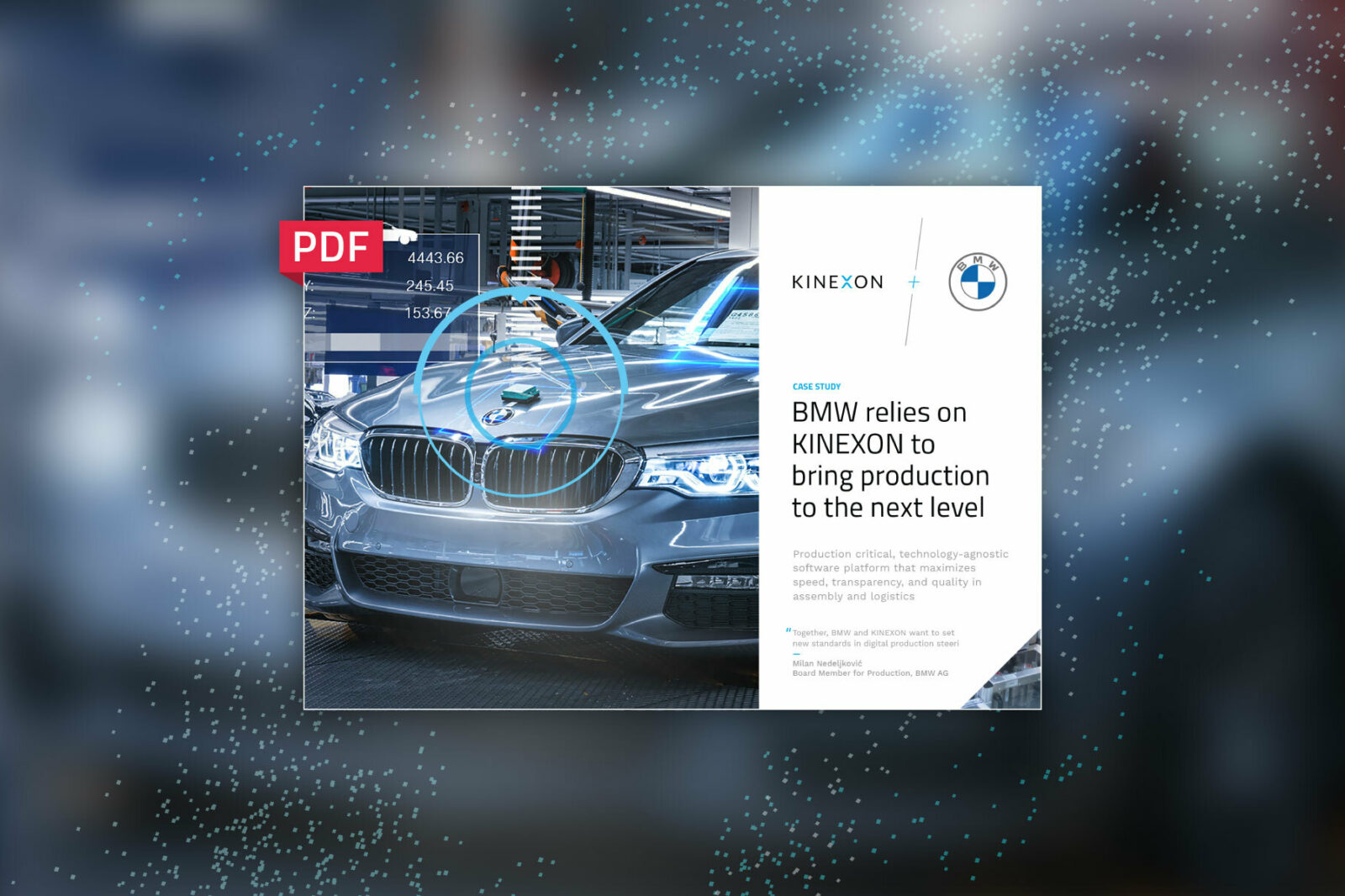Why KINEXON is the Future of Assembly Tool Control in Smarter Manufacturing
In today’s rapidly evolving automotive industry, manufacturers must maintain a competitive edge by maintaining a critical balance between global customers’ demands and local governmental regulations on a single assembly line. Maintaining high production quality for premium automotive brands — with tremendously high flexibility — is a real challenge.
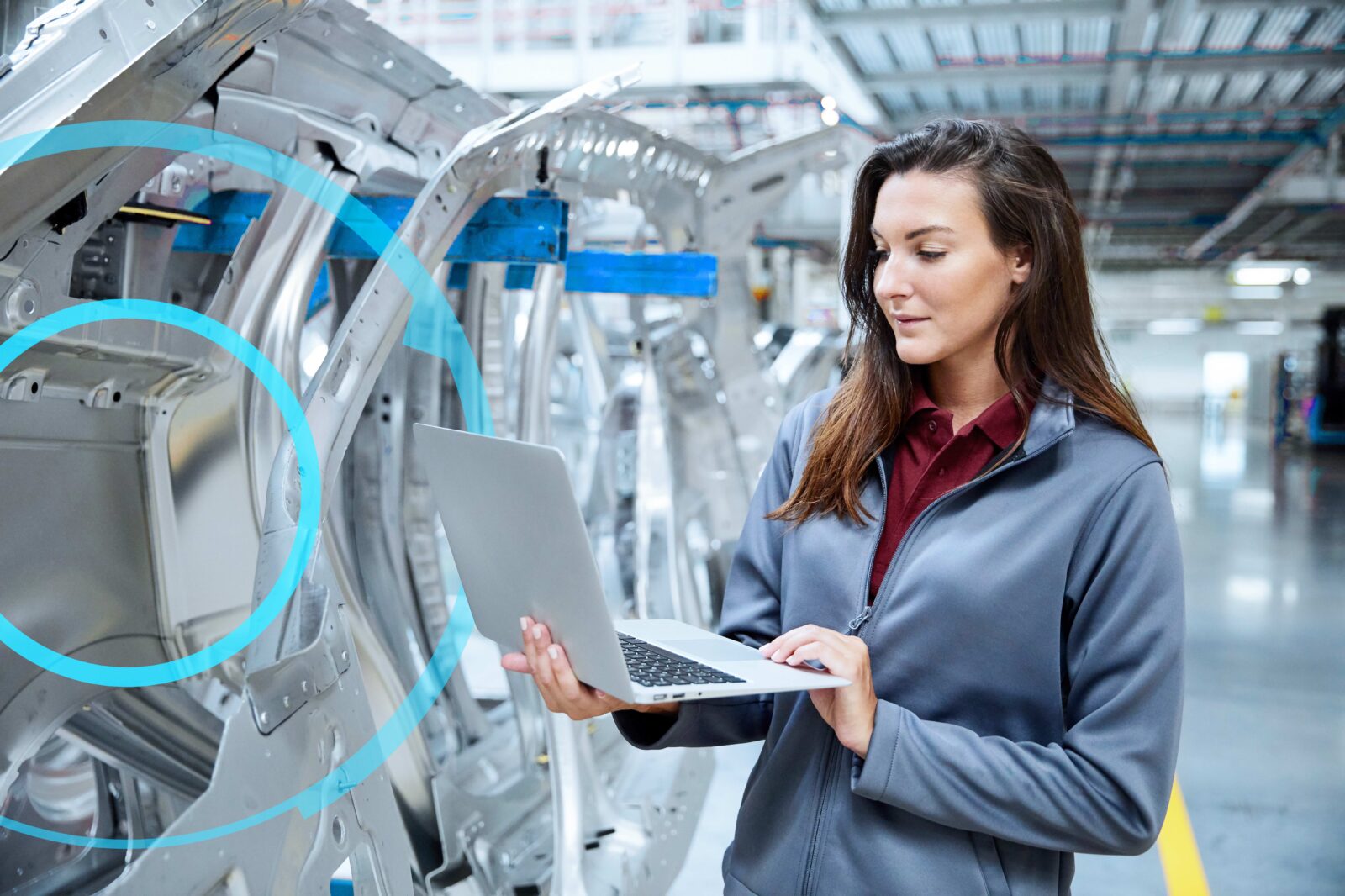
Automotive innovation drives progress at an unprecedented pace and integrating flexible assembly lines is a critical enabler for manufacturers who strive to maintain a competitive edge. Agile production systems promise to revolutionize the way vehicles are manufactured, offering higher adaptability, efficiency, and customization.
However, to fully harness the potential of flexible assembly lines, the automotive sector must negotiate a host of global challenges such as customer demands for personal identification, domestic competition, and local governmental regulations.
To achieve the manufacturing goal of batch size one at high throughput scale and competitive costs, automakers require highly flexible assembly operations. These operations can be realized through manual tool operations, offering ad-hoc adaptability that ensures efficient production output. Let’s now explore how precisely controlled manual assembly tool operations that have zero-defect tolerance to eliminate time-consuming and costly post-assembly line rework processes.
The Importance of Assembly Tool Control
Manual operations along the assembly line pose a significant risk for human errors, leading to incorrect assembly tasks that result in costly rework procedures, inefficient waiting times, and potential risks to product quality. However, manual operations are essential on flexible production lines to achieve the ambitious goal of meeting global demand with batch size zero.
Custom-made components, niche market variations, and adherence to local safety regulations cannot be fully automated but must still meet premium quality requirements. Achieving the ultimate level of flexibility requires a combination of standardized manual tooling operations and exclusive tasks that adhere to the same rhythm of precise automated tool control.
Pushing the Limits of Assembly Flexibility
Tool manufactures have commendably excelled in managing diverse screwing processes for various vehicle variants. This achievement is coupled with a system that prevents incorrect tooling operations once a vehicle has been checked-in for a specific takt via manual barcode scan. Simultaneously, every successful assembly operation is documented for the registered car until it is manually checked in for the next sequence. However, remaining competitive advantage required premium brands to push the limits of today’s tool control capabilities.
- Firstly, this approach’s fragility is evident, as it heavily relies on a sequence of accurate manual efforts that inherently carry the risk of errors.
- Secondly, each tool manufacturer specializes in specific operations with their unique control system. Yet, the demand for globally cohesive practices calls for a vendor-independent, unified control master system that can be employed across all plants on a global scale.
- Thirdly, the integration of third-party systems adds another layer of complexity. These systems extend beyond tool control, encompassing controlled automation throughout the production line. As industry marched toward greater automation and efficiency, addressing these issues became paramount for sustained progress.
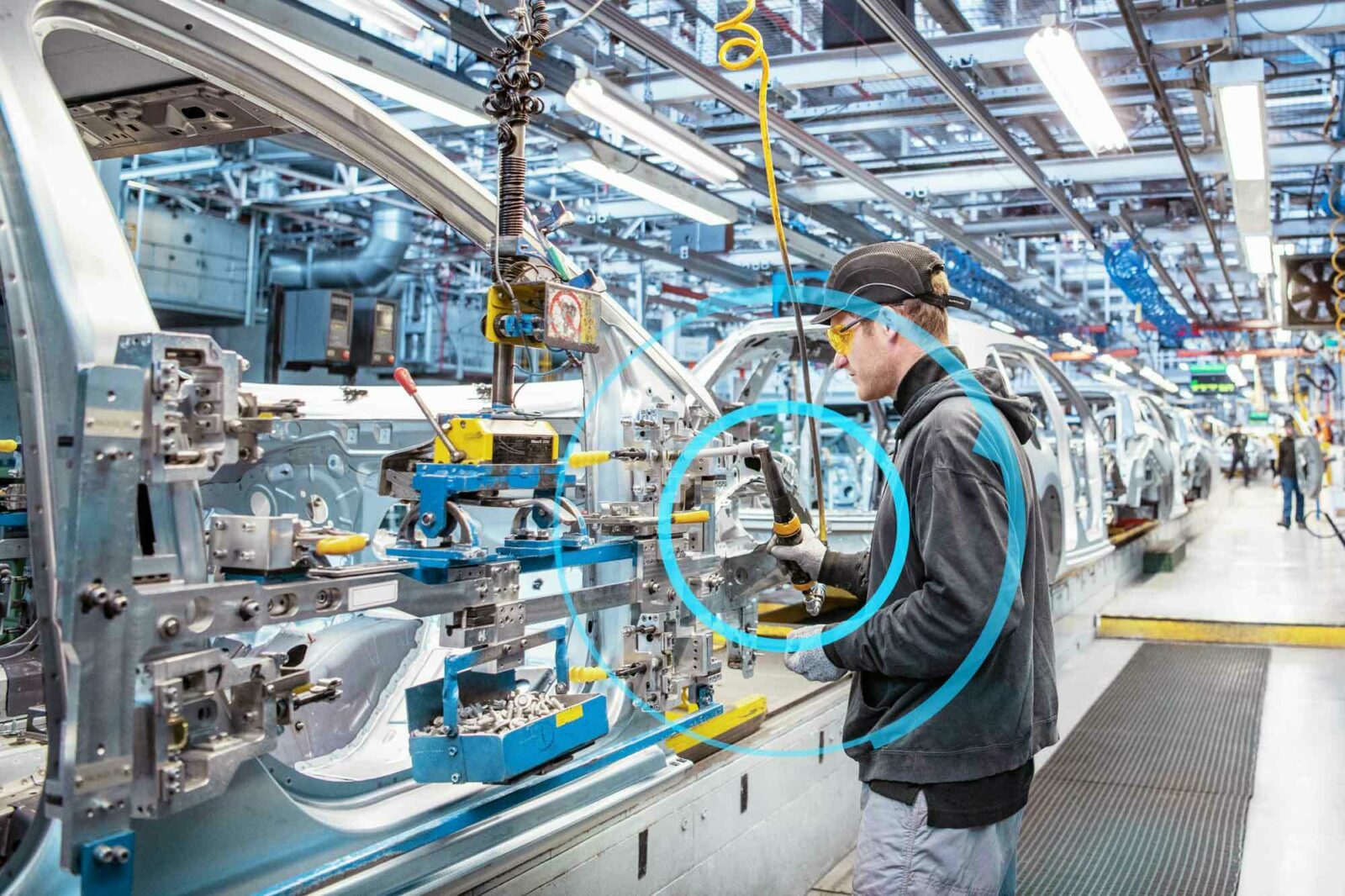
Exceeding the Boundaries of Assembly Flexibility
Tool manufacturers have successfully managed diverse screwing processes for various vehicle variants. These systems prevent incorrect tooling operations after a vehicle has been checked-in for a specific time interval through manual barcode scanning. Additionally, every successful assembly operation is documented for the registered car until it is checked in for the next sequence.
However, to maintain a competitive advantage, premium brands must push the boundaries of current tool control capabilities. Firstly, this approach relies heavily on a sequence of accurate manual efforts, which inherently carry the risk of errors. Secondly, each tool manufacturer specializes in specific operations with their unique control system, making it difficult to achieve globally cohesive practices.
There is a need for a vendor-independent, unified control master system that can be implemented across all global plants. Lastly, the integration of third-party systems further complicates matters, as they extend beyond tool control and encompass controlled automation throughout the production line. As the industry moves towards greater automation and efficiency, addressing these issues becomes vital for sustained progress.
KINEXON: A Trusted Partner in Assembly Tool Control
Through almost a decade of joint experience, KINEXON and BMW have successfully introduced a new level of assembly tool control in eleven production plants worldwide. Starting with the concept of full-stack process automation for controlling manual tool operations, we have further developed the solution to incorporate nearly 30 use cases along the assembly line. In the following sections, we will explore how it all began with Assembly Tool Control.
To learn more about accompanying use cases, download the BMW case study.
BMW is Applying KINEXON’s Assembly Tool Control to Achieve Higher Assembly Speeds
Assembly Tool control is a highly desirable use case in the automotive industry. BMW, as an OEM, benefits from utilizing the centimeter-level accuracy of Ultra-Wideband (UWB) technology for tool control and management. By defining specifications for tools, parts, and vehicle types, UWB data is utilized to manage and control tightening sequence and torque settings within various assembly stages.

KINEXON Assembly Tool Control automatically configures the tool to the correct settings and initiates all subsequent steps in real-time, ensuring that fasteners are installed to their individual torque specifications with bolt-level accuracy. This technology not only prevents assembly errors but also promotes safety and longevity of the product, making it a highly beneficial investment for BMW.
BMW Embraces KINEXON Assembly Tool Control for Enhanced Speed
Assembly Tool control has become increasingly critical in the automotive industry, and BMW, a leading OEM, is leveraging the power of KINEXON’s innovative solution to achieve exceptional assembly speeds and precision. With the utilization of Ultra-Wideband (UWB) technology, BMW capitalizes on the centimeter-level accuracy provided by KINEXON for tool control and management.
By establishing specific parameters for tools, parts, and vehicle types, UWB data is used to manage and regulate tightening sequences and torque settings throughout various assembly stages. KINEXON Assembly Tool Control seamlessly configures the tool to the correct settings and initiates subsequent steps in real-time. This ensures that fasteners are installed with precise torque specifications at the individual bolt level, eliminating potential assembly errors.
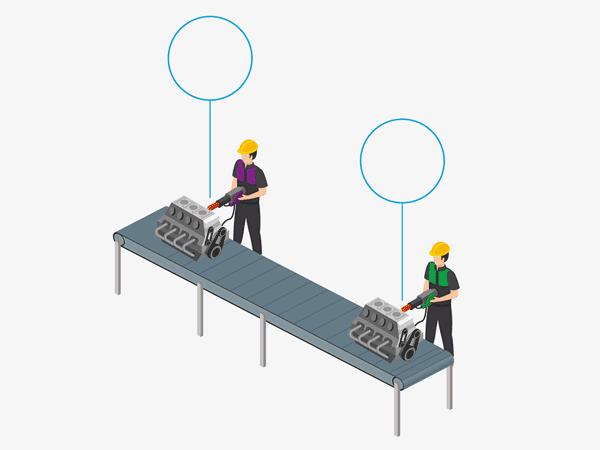
Beyond the immediate benefits of preventing errors, the integration of the KINEXON solution promotes safety and ensures the long-term durability of BMW products. This investment in cutting-edge technology delivers a significant competitive advantage for BMW, enhancing their assembly speeds while maintaining the highest level of precision.
The Powerful Impact of Assembly Tool Control
KINEXON Assembly Tool Control has made a profound impact on production processes at eleven BMW plants spanned across four continents. This innovative tool control system has not only enhanced the efficiency of flexible production lines but has also yielded impressive results.
By exerting precise control over more than half a million screw fittings for an astounding 20,000 vehicles and tracking an impressive 65,000 assets daily, KINEXON Assembly Tool Control has significantly reduced the need for production rework. This achievement alone has translated into remarkable operational savings of over USD $10 million annually for premium OEMs.
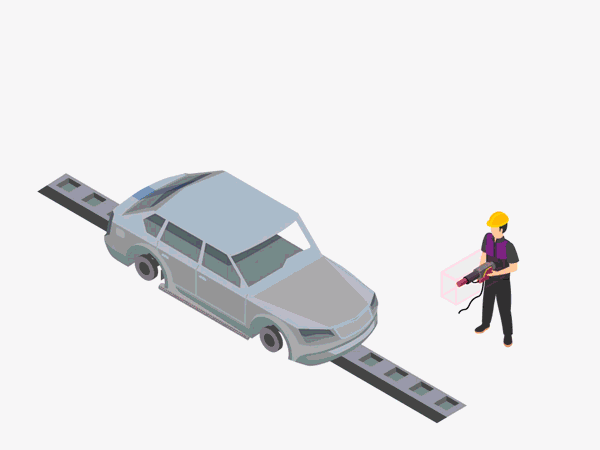
The key to this success lies in the system’s ability to link the use of assembly tools with the position of a vehicle within a defined area. This intelligent integration ensures that each tool is utilized only when warranted by a vehicle’s location, eliminating unnecessary or erroneous usage.
The significant reduction in production rework, coupled with substantial operational cost savings, positions KINEXON Assembly Tool Control as a game-changer for the automotive industry. Its implementation has not only optimized efficiency but also elevated the overall quality and reliability of BMW manufacturing processes.
Addressing Customer Challenges with KINEXON Assembly Tool Control
To overcome the prominent challenges associated with tool control, KINEXON has developed an advanced tool control solution that streamlines operations and mitigates potential errors.
Let’s explore how KINEXON makes tool control easy for its customers.
Challenge 1: Breaking the Chain of Manual Efforts
Manual processes introduce inherent risks of errors. To eliminate this concern, KINEXON Assembly Tool Control reduces non-value-added manual efforts to a single step. When a vehicle enters the assembly line, it is equipped with a tag that continuously tracks its position, eliminating the need for manual barcode scans. This automated system minimizes the potential for human error and ensures an efficient workflow.
Challenge 2: Establishing a Vendor-Independent Control System
Ensuring a consistent control system applicable across all plants can be a significant challenge. The KINEXON solution provides a vendor-independent system that can be implemented seamlessly throughout various manufacturing facilities. This standardization ensures efficient and synchronized operations across different locations.

Challenge 3: Flexibly Incorporating Third-Party Tools
The ability to incorporate third-party tools and adapt them to new technologies is crucial in today’s dynamic manufacturing environment. KINEXON Assembly Tool Control is designed to support the flexible integration of additional tools and technologies as needed, enabling just-in-time adjustments to meet evolving manufacturing requirements.
By leveraging KINEXON’s solution, various zones and dashboards are established alongside the assembly line to classify specific areas and sequences for each vehicle. This enables real-time monitoring and determines which tool operations should be triggered — and importantly, which should not be — ensuring the highest level of quality control.
The solution also specifies collision zones for both vehicle sections and assembly tools, enabling the determination of the appropriate area, sequence, and tool for each specific task. This level of automation facilitates streamlined and efficient screwing processes without the need for manual tool approvals.
Moreover, KINEXON’s interface controller enables the control of not only manual tooling operations but also other systems such as camera systems, assembly robotics, and quality gates. This centralized control ensures a seamless integration of various components, enhancing the overall efficiency and effectiveness of the assembly process.
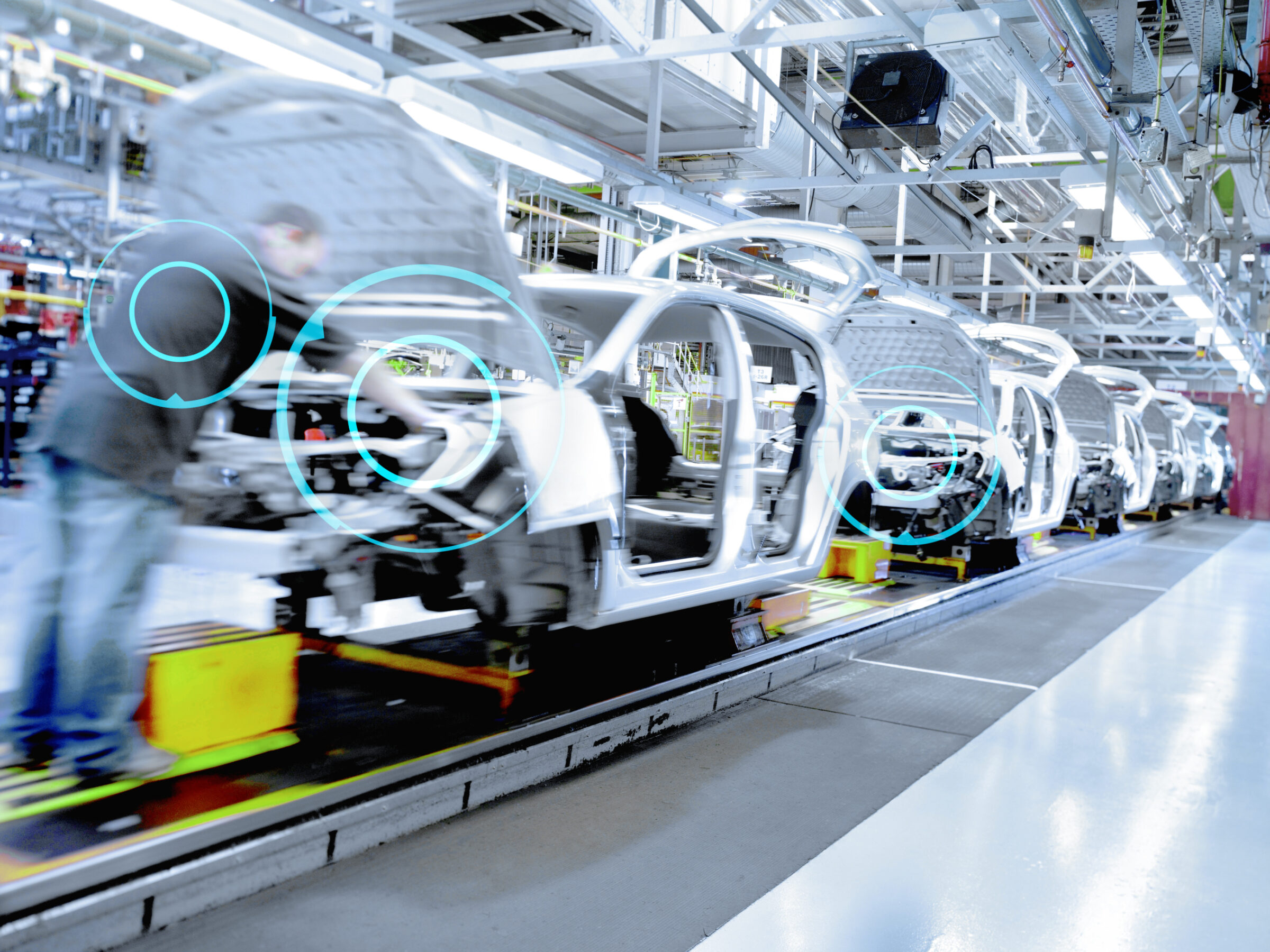
Why KINEXON is the Preferred Choice for Assembly Automation
When it comes to assembly automation, KINEXON stands out for several compelling reasons. Let’s assess the key advantages driving customers to choose KINEXON for their assembly needs.
- Accelerated Assembly Process
One of the primary reasons customers opt for KINEXON’s solution is its ability to significantly increase assembly speed and improve throughput. By optimizing manufacturing processes, KINEXON Assembly Tool Control empowers manufacturers to achieve greater efficiency and meet production targets more effectively. - Enhanced Safety and Quality Control
Safety and quality are paramount in complex assembly processes, and the KINEXON solution excels in reducing limitations in both areas. Its advanced Assembly Tool Control solution enables precise and accurate control of tool operations, resulting in fewer defects, errors, and reworks. This enhancement in safety and quality standards translates into a substantial improvement in overall production outcomes. - Elimination of Human Error
Human error can be a costly setback in any manufacturing operation. KINEXON’s solution minimizes the probability of human error, thereby minimizing the need for expensive reworks and increasing production yields. By reducing expenses and ensuring consistently high-quality results, KINEXON Assembly Control helps businesses streamline their operations and improve profitability. - Cost Savings
Cutting costs while maintaining production efficiency is a constant goal for manufacturers. By implementing KINEXON’s solution, customers can achieve significant cost savings. This streamlining of processes and reduction in errors and reworks not only boosts profitability but also improves competitiveness in the market. By choosing KINEXON Assembly Tool Control, customers can push the boundaries of tool control and accomplish the ambitious goal of batch size one at a high throughput scale, all while keeping costs competitive.
Contact us to learn more about KINEXON Assembly Tool Control and how it can revolutionize your manufacturing processes.
